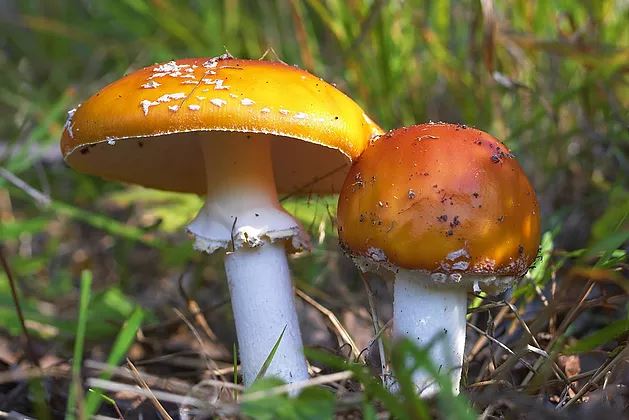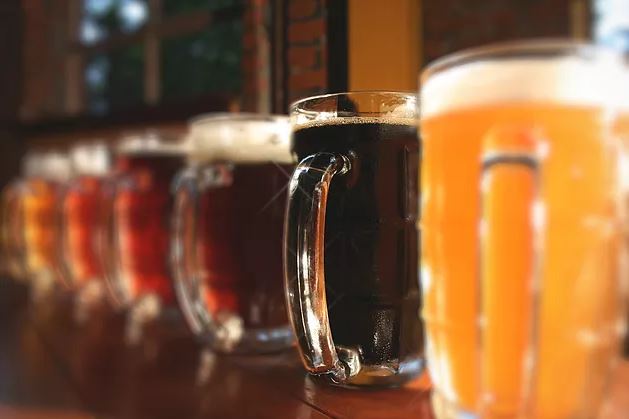By Justin Byrne

Currently the School of Natural and Environmental Sciences is assimilating what was my school – the School of Biology. Changes will come with the new super school, but hopefully along with increased opportunities for collaboration. It may seem perfectly natural to bring together related schools into a single body, but each discipline uses different equipment, jargon, methods, analyses, and philosophical approaches. Reconciling these differences presents a challenge and I wonder whether it is something that is either possible or desirable. Concerns of this nature are central to the philosophy of science, relating to the concept of the unity of science, and have their roots in the very beginnings of western thought. Now seems like the perfect time to explore unification as a concept and perceived scientific ideal.
“Knowledge also is surely one, but each part of it that commands a certain field is marked off and given a special name proper to itself.” – Plato, Sophist, 257c.
Even before Plato expressed this, the idea of a unified theory of knowledge was discussed and revered. This ideal was passed on by great thinkers, such as Wilhem Dilthey, who first introduced distinctions between the natural and social sciences, building himself upon work by Kant. It is in this way (container unity) that we now tend to approach natural science as a unified concept, separate to social and cultural studies and distinct from pseudoscience and religion. However the age and tenacity of these ideas does not guarantee their validity. Indeed, certain pluralistic views of science would argue against this “one”-ness, rejecting the view of science as a collection of related disciplines that together strive towards a single, correct understanding of nature. This kind of unification of disciplines within science is referred to as connective unity. Pluralists might argue that the differences between certain disciplines in thought, vision, or method, are sometimes irreconcilable. As such, they must be viewed and treated as separate projects, perhaps with similar themes.
All of this is to say that, when bringing the schools together, difficulties of integration should be expected. How we view the concept of unity in science will affect how we attempt to solve potential problems. One scientist (whether they know it or not) may be a reductionist, perhaps believing in a pyramid of knowledge built up from the foundation of physics and mathematics, with each subsequent level reducible to concepts of the previous. When disagreements arise between fields they might be inclined to side with the more fundamental or “hard” science. Reductionism attempts to unify disciplines along lineages, where more fundamental disciplines underlie the principles of the others, but this is not without criticism.
Within the scientific community there is broad acceptance of the unity of science. It underlies scientific principles of hypothesis formation, falsifiability (as an improvement over verifiability), and empirical evidence. However its critics have described it as overly dogmatic, restrictive, and ultimately unrealistic in describing the chaotic history of how theories have emerged and reached acceptance. Scientists work on a variety of tasks that go beyond basic empirical methods, such as collaboration with artists and media outlets, discussions with other scientists, and interdisciplinary work outside of the natural sciences. A narrow definition of science that ignores the way modern science is conducted is not useful, and may mean that the separation between the natural sciences and other disciplines is exaggerated.
Whether the sciences are distinct or not, we still need to resolve differences within our new school. I am predisposed to a live and let live attitude. Believers in the concept of emergence in science might argue that in increasingly complex subjects, new concepts, tools, rules and principles form that are irreducible, and cannot be deduced from more “fundamental” studies. Due to my own interest in complex systems and dynamic networks, I must admit that I am personally inclined to this view. As the research areas within the new school touch upon social, economic, biological, and political research, this incredible complexity may require a more sophisticated approach.
Finally, Otto Neurath once imagined science as an old boat at sea, undergoing constant repair without a stable foundation. The workers constantly reconstruct it with the best available components, reusing some and discarding others. In doing so he was rejecting the primacy of physics as the foundation of science, instead arguing for a united effort, allied for practical reasons. Cooperative, separate efforts, all attempting to produce good predictions and enable control of the natural world requires the sharing of tools and ideas. Unity in science was a tool for cooperation in his post-war landscape with cultural, political, and economic ramifications. Though I am inclined to disagree with those who would unify natural sciences by reducing its many principles to expressions of physics and chemistry, I find this kind of unity compelling. As we move forward and shape our new school Neurath’s views on the unity of science are perhaps the most important; how can we work together to produce a more peaceful, cooperative and prosperous future.








